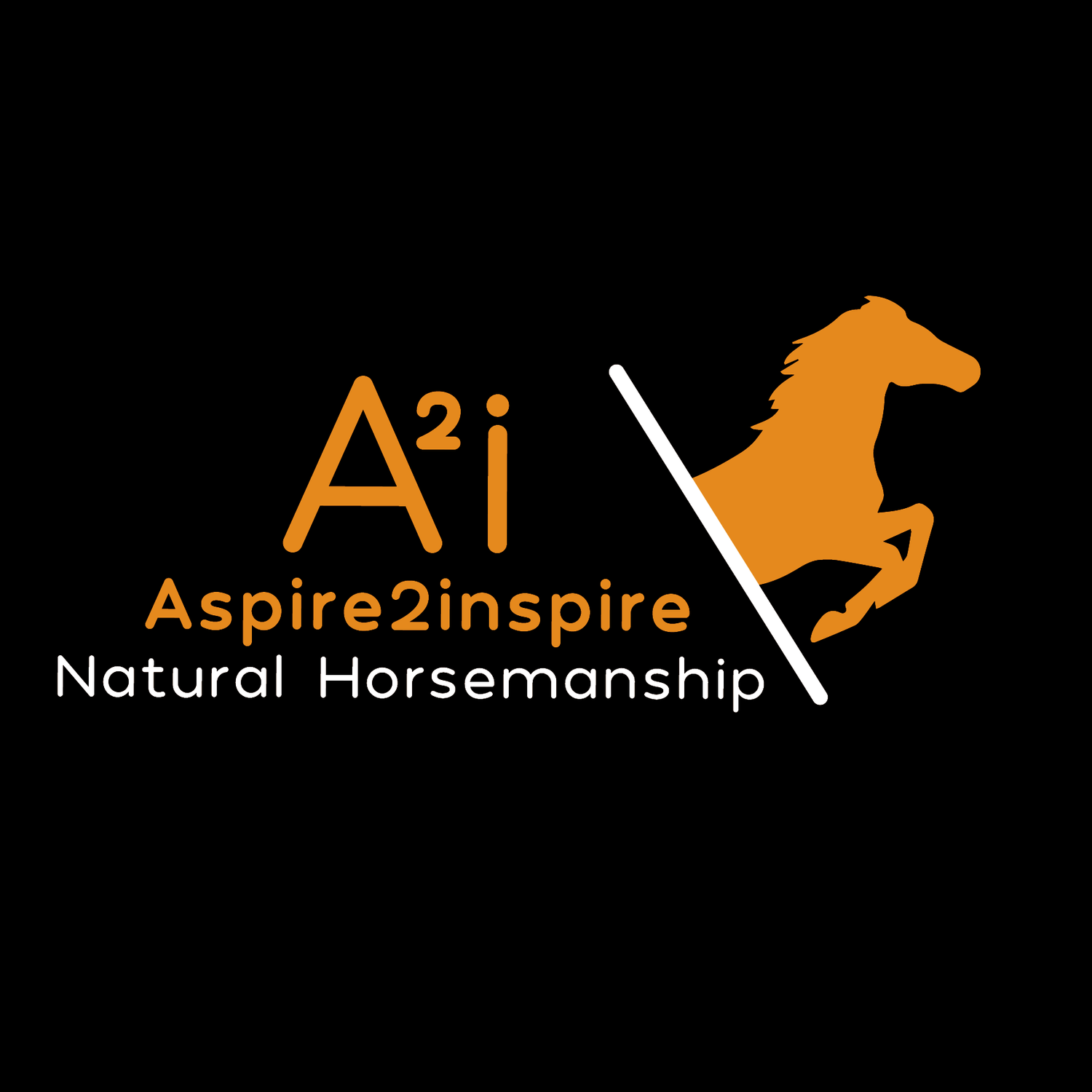Natural Horsemanship or Natural Horsemen
In the world of horses, there lies a quiet truth: the difference between adopting natural horsemanship techniques and a natural horseman. Anyone can learn the methods, practice the steps, and perfect the showmanship. But being a natural horseman is not about what you do. It’s about who you are.
The natural horseman brings more than skill to the partnership with a horse—they bring humility, empathy, and a deep connection that cannot be scripted. It’s not about “fixing” the horse but learning from them, especially in moments of challenge. When faced with a horse who struggles, a natural horseman doesn’t ask, How can I fix this? Instead, they ask, What can I understand about this horse? It is this shift in mindset—from control to curiosity, from results to relationship—that builds the kind of connection that no technique can replicate.
For me, this connection has been forged through life’s trials—grief, injury, sadness, debt. Horses didn’t heal me from these experiences, although they are great healers, but they offered me something far more profound: the ability to step through a doorway, like the wardrobe in The Lion, the Witch, and the Wardrobe, into an entirely different world—one where their presence takes precedence over my world. Horses demand presence, they don’t care about the burdens you carry; they care about the energy you bring into their world. Being present at the moment is one of the hardest things for me when it comes to many issues in life, but with horses, I’m locked in. It’s this ability to lock in that cuts through the noise and allows me to truly connect with them. In learning to prioritise their needs, their feelings, and their experiences, I found a way to transcend my own challenges.
Horses are mirrors, they reflect back your truest self—your frustrations, fears, and moments of clarity. And they do so without judgment. This is where their power lies. With humans, the connection often feels clouded by complexity—layers of ego, motives, or misunderstanding. With horses, it’s simpler. It’s honest. They meet you where you are for that moment, and when you offer them your authenticity, they respond in kind.
To be a natural horseman is to cultivate this reflection in yourself, to approach every horse with humility, curiosity, and patience. It’s about building a “bank” of understanding, not through rigid rules or quick fixes, but through feel and experience. Over time, this learning becomes less about mechanics and more about instinct—a quiet, almost sacred ability to truly understand the horses as they are, not as we want them to be.
This isn’t about admitting, I don’t have all the answers. It’s about seeking understanding before solutions, and connection before control. When you look at a horse with curiosity instead of judgment, even their struggles become opportunities to grow. The relationship becomes less about solving a problem and more about building a bond of trust.
In a world often driven by results, showmanship, and control, this approach feels rare, almost radical. But for those who embrace it, the rewards are profound. Horses invite us to step into their world, not as masters or fixers, but as partners. They remind us that connection is not something you do. It’s something you become.
And in that space—between our world and theirs—is where natural horsemen are born
